
Roots
The vitality of textured hair, a heritage stretching across continents and millennia, is inextricably linked to the well-being of the scalp. Our strands, with their unique coiled and spiraled architectures, whisper stories of resilience, artistry, and wisdom passed through generations. Understanding what historical botanicals aid textured scalp vitality means listening to these whispers, recognizing that true hair care begins at the very source, within the nurturing grounds of the scalp.
For countless communities of Black and mixed-race ancestry, hair has always been more than mere adornment; it serves as a chronicle, a spiritual conduit, and a marker of identity. The remedies and practices developed to care for textured hair over centuries stand as profound meditations on self-preservation and communal knowledge.
This journey begins by delving into the very biology of textured hair, recognizing its unique characteristics and how ancestral communities understood its needs. Traditional knowledge systems, often dismissed in the wake of industrialization, possessed a deep, intuitive understanding of botanical properties. These communities, living in close harmony with their environments, discovered which plants offered succor to the scalp, fostering growth, cleanliness, and comfort. The historical application of botanical agents to scalp care among people with textured hair underscores a profound connection between the environment and personal well-being, a connection rooted in observing nature’s offerings.

Textured Hair Anatomy And Ancestral Views
The inherent structure of textured hair, characterized by its elliptical follicle shape and varied curl patterns, often results in hair that is predisposed to dryness and fragility compared to straight hair. The spiral shape of the hair strand means natural oils, sebum, struggle to travel down the shaft, leaving it vulnerable to breakage and the scalp susceptible to dryness or irritation. Ancestral communities, without microscopes or modern chemical analyses, discerned these characteristics through keen observation and lived experience. Their remedies for scalp vitality aimed to address these specific needs, recognizing that a healthy scalp provides the necessary foundation for robust hair growth.
Consider the ancient Egyptians, who recognized the importance of a healthy scalp for hair strength and shine. Their hair care rituals, meticulously documented, often included a range of natural oils, such as Castor, Sesame, and Moringa, applied directly to the scalp and hair. These practices were not random acts; they were calculated efforts to hydrate, protect, and fortify the hair from its origin.
The Ebers Papyrus, dating back to 1550 B.C. a text rich with herbal formulas, offers glimpses into this ancient botanical wisdom, confirming a long-standing tradition of using plants for cosmetic and medicinal purposes.
Ancestral traditions reveal a deep, intuitive understanding of textured hair biology, where scalp vitality was paramount for hair health and cultural expression.
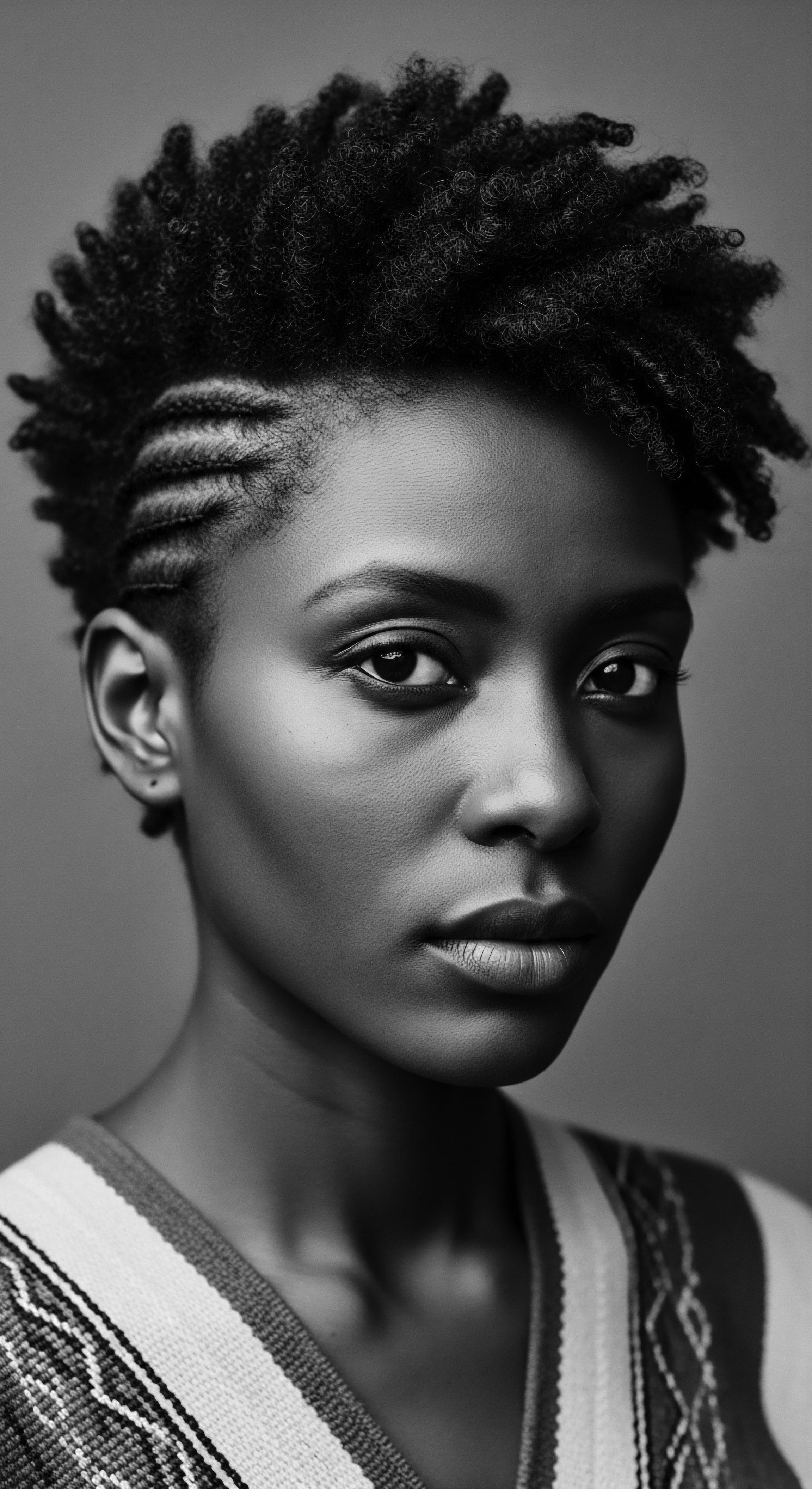
A Historical Lexicon of Care
The language used to describe textured hair and its care varied across cultures, yet a common thread of botanical reliance persists. In West Africa, traditional healers and hair artisans utilized an array of plants to address specific scalp concerns. For instance, the leaves of Vernonia Amygdalina (bitter leaf) were applied to the scalp for general hair care, while powders from dried Cannabis Sativa leaves mixed with cream addressed baldness in Nigeria.
The juice extract from Artemisia Afra leaves, often combined with rosemary, served as a wash for the hair and scalp, targeting issues like hair loss. These traditional applications speak to a sophisticated empirical knowledge of local flora and their properties.
- Chebe Seeds (Croton Gratissimus) ❉ Roasted and crushed, often combined with cherry seeds and cloves, used in Chad for an age-old ritual to promote hair length and luster by sealing moisture into the strands, indirectly supporting scalp health by preventing dryness and breakage along the hair shaft.
- Rooibos Tea ❉ From South Africa, this edible tea boasts antimicrobial and antioxidant properties, contributing to a healthy scalp environment that supports hair growth.
- Rhassoul Clay ❉ Originating from Morocco, this mineral-rich clay cleanses the hair and scalp without stripping natural oils, making it effective for those with textured hair prone to dryness.
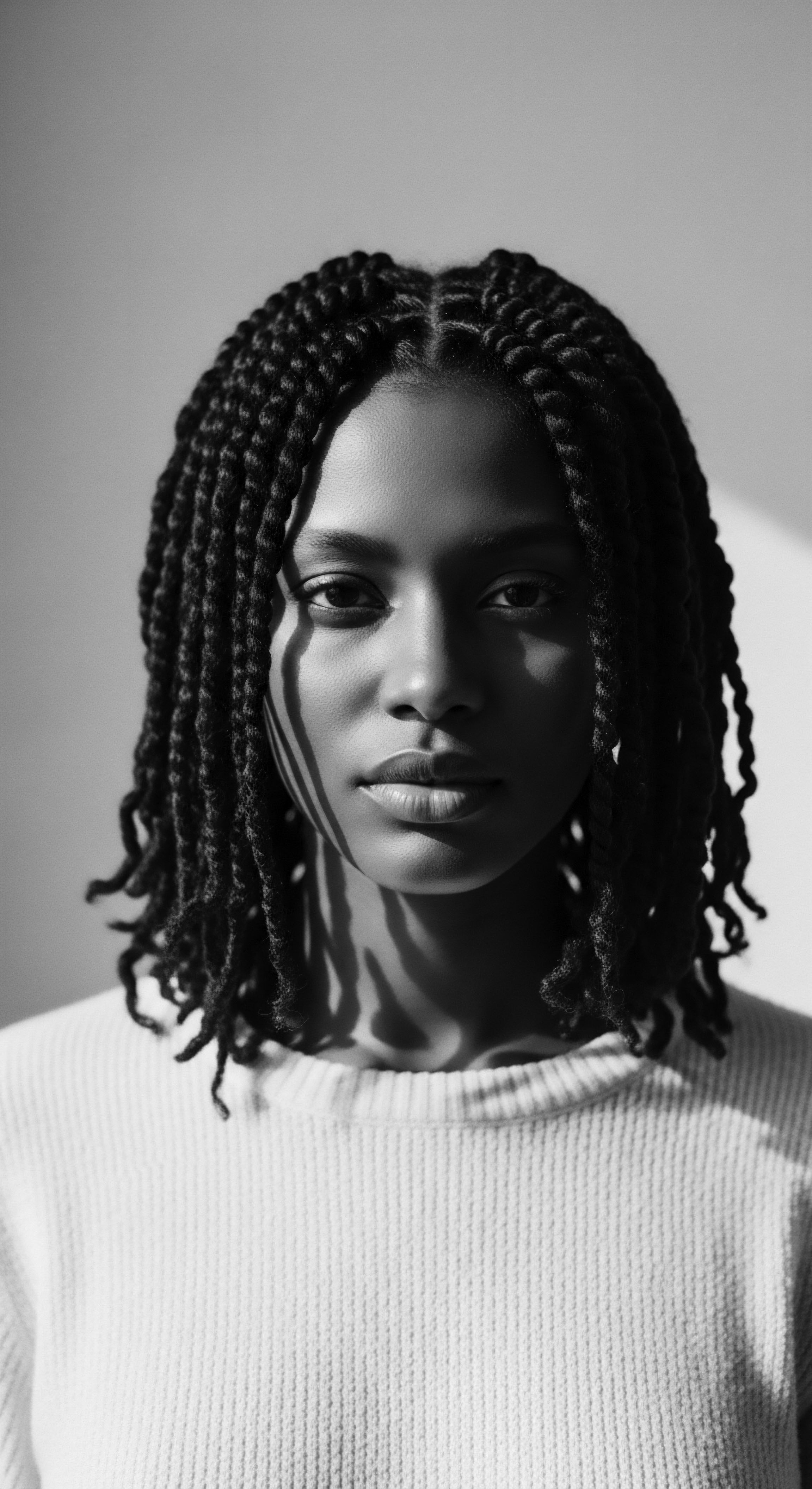
The Rhythms of Growth and Environmental Influences
Hair growth cycles are influenced by a multitude of factors, including genetics, nutrition, environment, and overall health. Historically, communities understood that hair vitality reflected inner wellness. Access to nutrient-rich foods, often cultivated from indigenous botanicals, played a direct role in supporting healthy hair and scalp. In the Caribbean, for instance, a rich tradition of “bush medicine” utilized local flora to treat ailments of all kinds, with many plants having direct benefits for hair and scalp.
Aloe Vera, known as the “miracle plant,” was applied to the head to ease dandruff, strengthen hair, and stimulate growth. This demonstrates a holistic perspective where diet, environment, and topical applications worked in concert to maintain well-being, including scalp health.
The seasonal availability of certain botanicals also influenced care practices. Communities adapted their routines to what the land provided, creating a cyclical harmony with nature. This adaptability, rooted in generations of observation, led to a deep repository of knowledge regarding which plants best supported scalp vitality through different environmental conditions. The very act of gathering and preparing these botanicals was often communal, reinforcing the cultural significance of hair care as a shared, intergenerational practice.

Ritual
The care of textured hair, especially its roots and scalp, has always been steeped in ritual, a practice transcending mere aesthetics to embody identity, community, and ancestral wisdom. These rituals, often involving historical botanicals, were not simply routines; they were deliberate acts of nurturing, passed from elder to youth, carrying the weight of cultural memory and resilience. The botanical applications for scalp vitality were intertwined with styling practices, from protective braids to intricate adornments, each choice serving a purpose beyond visual appeal.
Traditional styling, far from being superficial, often served a protective function, safeguarding delicate textured strands from environmental stressors while encouraging a healthy scalp. Botanicals played a key role in preparing the hair and scalp for these styles, ensuring flexibility, moisture, and comfort. The hands that braided, twisted, and massaged were conduits of knowledge, transmitting not only technique but also the spirit of care that defines Roothea’s own ethos.

Protective Styling And Ancestral Roots
Protective styles, such as braids, twists, and cornrows, have served as cornerstones of textured hair heritage for millennia. In pre-colonial Africa, hairstyles communicated a person’s status, age, ethnic identity, and even spiritual beliefs. The intricate styling process, which could take hours or even days, often included washing, combing, oiling, and braiding, with the incorporation of botanical preparations for scalp health. These styles, by minimizing manipulation and exposure, allowed the scalp a period of rest and recovery, which was crucial for maintaining vitality.
Consider the practices of the Yoruba people, where hair was viewed as the most elevated part of the body, and braided hair could convey messages to the gods. The preparations for these sacred styles often involved herbal rinses and nourishing oils applied to the scalp, ensuring the foundation for such significant expressions was strong. This communal ritual of hair care fostered social bonds, becoming a time for sharing stories and preserving traditional knowledge.
Hair rituals, deeply rooted in ancestral practices, served as profound expressions of cultural identity and communal bonds.

Traditional Styling Aids for Scalp Health
The application of botanicals as part of styling was practical and deeply symbolic. These plant-derived agents provided lubrication, cleanliness, and medicinal benefits, making styling more comfortable and promoting scalp health. The use of African Black Soap, made from the dry skin of local vegetation like cocoa pods, palm tree leaves, and plantains, was common in West Africa.
It offered a cleansing experience for both hair and scalp, packed with antioxidants and minerals, nourishing the scalp without stripping its essential nutrients. Similarly, Rhassoul Clay from Morocco was a traditional mud wash that effectively cleansed the hair and scalp, reducing dryness and flakiness, thereby creating a healthy environment for hair to grow.
| Botanical Aloe Vera |
| Traditional Use in Heritage Used in Caribbean "bush medicine" to ease dandruff and stimulate hair growth; applied to the head. |
| Contemporary Scientific Link to Scalp Vitality Recognized for its anti-inflammatory, moisturizing, and wound-healing properties, which soothe irritated scalps and support healthy cell turnover. |
| Botanical Castor Oil |
| Traditional Use in Heritage Employed by ancient Egyptians to maintain healthy hair growth and strength, often combined with honey. |
| Contemporary Scientific Link to Scalp Vitality Rich in ricinoleic acid, a fatty acid known to improve blood circulation to the scalp, aiding in nutrient delivery to hair follicles. |
| Botanical Neem (Azadirachta indica) |
| Traditional Use in Heritage A cornerstone of Ayurvedic hair care in India, prized for cleansing and revitalizing properties, now common in the Caribbean. |
| Contemporary Scientific Link to Scalp Vitality Possesses strong antibacterial, antifungal, and anti-inflammatory properties, making it highly effective against dandruff and scalp infections. |
| Botanical Chebe (Croton gratissimus) |
| Traditional Use in Heritage Central to a Chadian hair paste ritual for promoting hair length and luster by sealing moisture into strands. |
| Contemporary Scientific Link to Scalp Vitality While scientific studies on Chebe are still emerging, its traditional application supports mechanical strength and moisture retention, reducing breakage that impacts perceived growth and scalp friction. |
| Botanical These plant allies represent a legacy of holistic scalp care, bridging ancient wisdom with modern understanding. |

The Ingenuity of Traditional Hair Tools
Alongside botanicals, traditional tools were integral to preserving scalp vitality. Wide-toothed combs, often crafted from wood or ivory, were used for gentle detangling, minimizing stress on the hair and scalp. Scalp massages, performed with skilled hands, were a central aspect of many ancient hair care routines, stimulating circulation and encouraging hair growth. The combined application of botanical oils during these massages further amplified their benefits, allowing deeper penetration and sustained nourishment for the scalp.
The use of certain oils was not merely for conditioning the hair itself, but often primarily for the scalp. For example, in ancient India, Ayurvedic texts prescribed “Murdhni Thaila,” which involved head oiling techniques like Shiro Abhyanga (head massage with oils) to nourish the scalp and promote overall hair health. The choice of specific herbs and oils, such as Amla (Indian Gooseberry) or Bhringraj (False Daisy), reflected a sophisticated understanding of their individual properties for strengthening hair from the root.
The impact of these heritage practices on textured hair care and overall well-being is significant. A study on African American women highlights that 45% reported avoiding exercise at some point due to hair care concerns, fearing “sweating out” hairstyles and the time needed to restyle hair (Cochran Gathers, 2015, p. 57). This statistic, while reflecting a modern challenge, underscores the deep-seated relationship between hair, personal identity, and lifestyle choices within the community.
It also implicitly points to the need for care practices that support active living, echoing the practical, holistic approach embedded in ancestral botanical remedies for scalp health. The continued pursuit of healthy hair, often with a return to natural, heritage-based methods, speaks to a desire for liberation from practices that might compromise both hair health and broader wellness.

Relay
The legacy of historical botanicals for textured scalp vitality is a living inheritance, constantly adapting yet always connected to its origins. This section explores how ancestral wisdom concerning botanical care for the scalp continues to inform contemporary regimens, bridging ancient practices with modern scientific understanding. The relay of this knowledge across generations and geographies has ensured that the profound connection between nature’s bounty and scalp health remains central to textured hair care.
Our understanding of scalp biology has deepened, but the foundational principles observed by our forebears – cleanliness, hydration, protection, and stimulation – remain timeless. The plants they chose, often with limited tools, are now being examined by modern science, validating their efficacy and offering new perspectives on their mechanisms. This dialogue between past and present allows for a truly holistic approach to scalp vitality, honoring the roots of our hair care heritage.

Building Personalized Regimens From Ancestral Blueprints
Crafting a regimen for textured hair and scalp vitality today can draw deeply from ancestral blueprints. The principle of individualized care, common in traditional healing systems, meant treatments were often tailored to the person’s specific needs, environment, and hair type. This contrasts with a one-size-fits-all approach.
For example, the Afar people of Northeastern Ethiopia utilize Ziziphus Spina-Christi primarily for its anti-dandruff properties, while fresh leaves of Sesamum Orientale serve for hair cleansing and styling, showcasing how distinct botanicals met diverse needs within a single community. This regional specialization of botanical use offers a rich model for personalized modern regimens.
Contemporary hair care benefits from integrating these specific, targeted botanical applications. It allows for a more attuned approach, addressing individual scalp concerns with ingredients proven effective through centuries of use. The resurgence of interest in these methods reflects a desire to reconnect with a heritage of care that prioritizes natural balance and long-term health over quick fixes.

The Nighttime Sanctuary And Bonnet Wisdom
Nighttime care rituals, particularly the use of head coverings, represent a significant aspect of textured hair heritage with direct implications for scalp vitality. Historically, various forms of headwraps and coverings protected hair from friction, preserved moisture, and maintained hairstyles overnight. This practice inherently shielded the scalp, preventing dryness that could lead to irritation or flaking. The modern bonnet, a common accessory for those with textured hair, stands as a direct descendant of these ancestral coverings, serving a similar protective function.
The synergy between protective coverings and botanical applications cannot be overstated. Applying a nourishing oil or herbal infusion to the scalp before covering the hair amplifies the benefits, allowing the botanicals more time to penetrate and work their restorative power. This tradition speaks to a deep, practical understanding of how to sustain scalp health in a holistic manner, recognizing the daily and nightly needs of textured hair.
- Coconut Oil ❉ A staple in Indian Ayurvedic tradition, revered for its ability to penetrate the hair shaft deeply, protecting protein and providing moisture to both hair and scalp.
- Moringa Oil ❉ Highly valued in ancient Egypt for its lightweight texture and rich antioxidant content, known to nourish the scalp and promote hair growth.
- Hibiscus (Hibiscus Sabdariffa) ❉ Used in Ayurvedic and Caribbean traditions for cleansing and revitalizing, known for its ability to strengthen hair follicles and address dandruff.
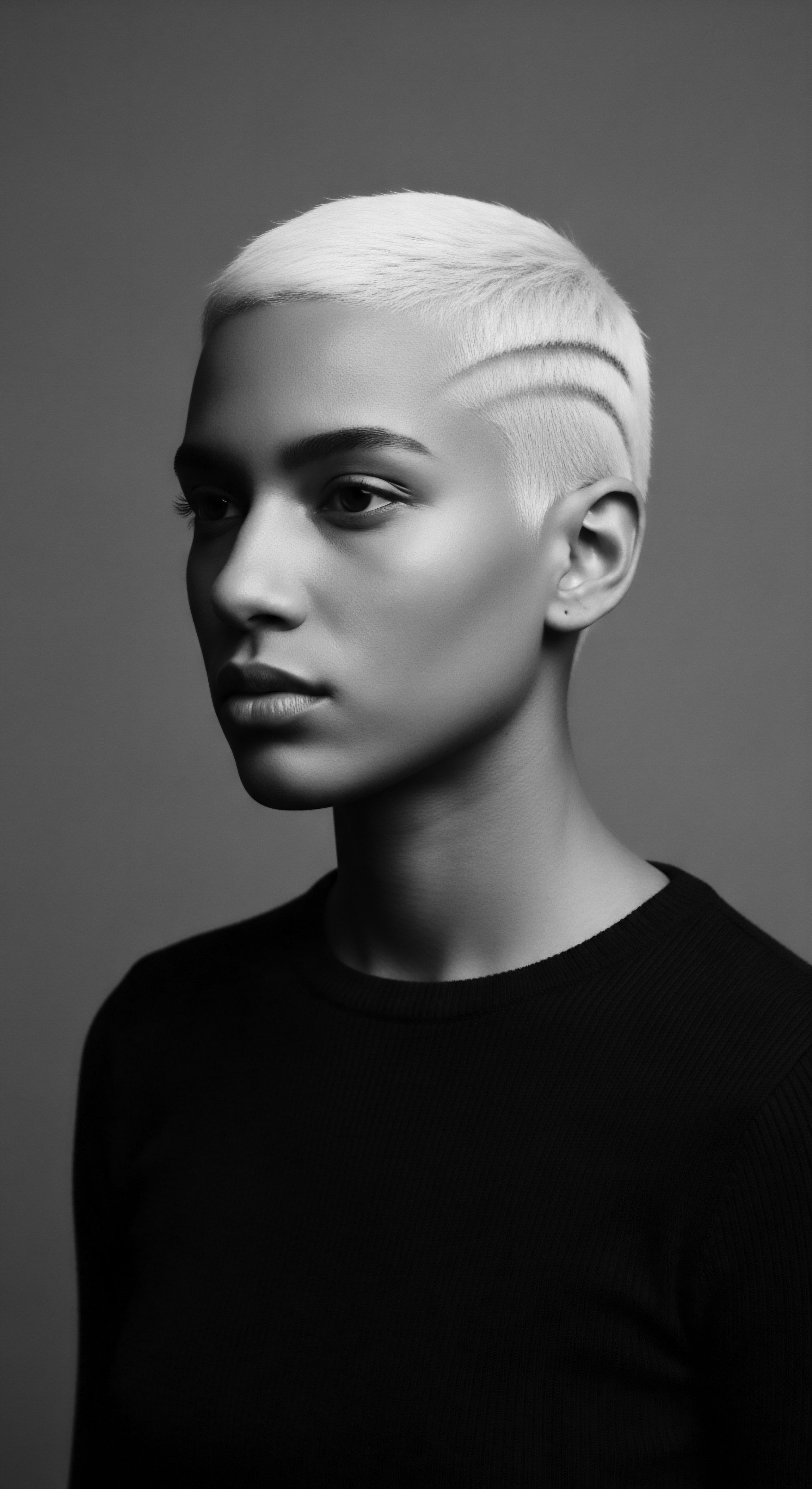
Deep Explorations of Botanical Agents
A closer look at specific historical botanicals reveals their enduring utility for textured scalp vitality:
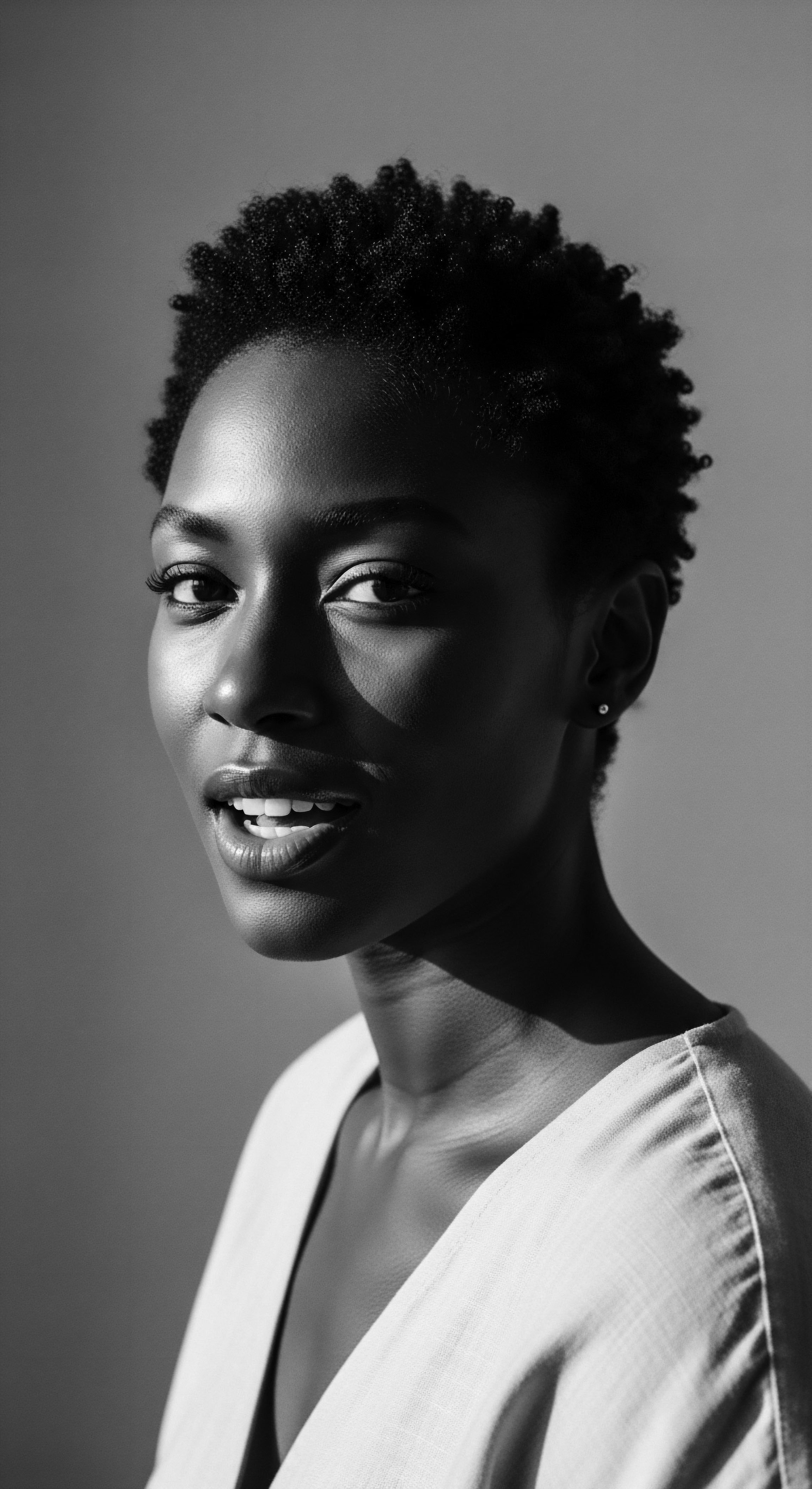
Chebe and Its Role in Scalp Fortification
Chebe powder, derived from the seeds of the Croton gratissimus plant, holds a central place in the hair care rituals of Chadian Basara women. While primarily celebrated for its ability to aid in length retention by minimizing breakage along the hair shaft, its application significantly contributes to scalp health. The traditional practice involves coating each hair strand, from root to end, with a paste made from roasted and crushed Chebe seeds, often mixed with other ingredients like cherry seeds and cloves. This coating creates a protective barrier, reducing friction and moisture loss along the hair.
By ensuring the hair itself remains lubricated and less prone to tangling and breakage, the mechanical stress on the scalp during manipulation is reduced, indirectly fostering a healthier scalp environment. Traditional wisdom, supported by contemporary observation, suggests that the consistent, gentle handling associated with Chebe rituals helps to maintain the delicate balance of the scalp, contributing to less irritation and greater vitality over time (Nsibentum, 2024).

Neem’s Ancient Antifungal Power
Neem (Azadirachta Indica), a revered botanical in Ayurvedic medicine, has a history spanning thousands of years as a potent agent for both skin and hair health. Its significance for scalp vitality stems from its remarkable antibacterial, antifungal, and anti-inflammatory properties. Traditional uses include grinding its leaves into a paste or extracting its oil to treat various scalp conditions such as dandruff, psoriasis, and infections. For communities with textured hair, who may be more susceptible to scalp dryness and subsequent irritation or flaking, Neem offers a powerful, natural solution.
Modern science supports these ancestral applications, with studies confirming Neem’s efficacy in combating microorganisms that contribute to common scalp issues like dandruff. The plant’s compounds work to cleanse the scalp, reduce inflammation, and create an unfavorable environment for fungal growth, thereby promoting a balanced and healthy foundation for hair.

Aloe Vera’s Soothing and Hydrating Legacy
Aloe Vera, known across various indigenous cultures, particularly in the Caribbean, as the “miracle plant,” has a rich history of use for its medicinal and cosmetic properties. For scalp vitality, its clear, gel-like substance, extracted from its leaves, was traditionally applied to soothe irritation, ease dandruff, and stimulate hair growth. Its profound hydrating qualities are paramount for textured hair, which often struggles with moisture retention.
From a scientific viewpoint, aloe vera contains a complex array of compounds, including vitamins, enzymes, minerals, and amino acids, which contribute to its anti-inflammatory, antimicrobial, and moisturizing effects. Its ability to calm inflamed skin and provide deep hydration makes it an enduring botanical for maintaining a vibrant scalp, allowing it to function optimally and support healthy hair development.
Modern scientific inquiry often affirms the wisdom of ancestral botanical choices, connecting traditional usage to physiological benefits.

Holistic Influences on Scalp Health
The philosophy of holistic wellness, deeply embedded in many ancestral practices, understood that scalp vitality was not isolated from overall bodily health. Diet, stress levels, and even spiritual well-being were recognized as contributors to the condition of one’s hair and scalp. This perspective encouraged the use of botanicals not only topically but also internally, in teas or dietary supplements, to address systemic imbalances that could manifest as scalp issues. The continuity of this holistic approach, from ancient healing systems like Ayurveda to contemporary wellness movements, underscores a fundamental truth ❉ true vitality stems from within and without, nourished by both internal harmony and external care rooted in the wisdom of our heritage.

Reflection
The exploration of historical botanicals for textured scalp vitality unfolds as a profound echo from ancestral landscapes. It is a testament to ingenuity, perseverance, and a deep, abiding respect for the earth’s offerings. The ‘Soul of a Strand’ ethos recognizes that each curl, coil, and wave carries not only genetic code but also the indelible imprint of generations of care, of resistance, and of identity asserted through the vibrant language of hair. The wisdom held within these botanicals, passed down through whispers and hands-on teaching, forms a living archive, breathing with the stories of Black and mixed-race communities.
These ancient practices, far from being relics of a distant past, continue to guide us toward a more integrated, respectful way of tending to our hair and ourselves. They remind us that true beauty lies in vitality, authenticity, and a harmonious connection to our origins. As we continue to rediscover and honor these botanical legacies, we do more than simply care for our hair; we participate in a continuous relay of knowledge, strengthening the tender thread that binds us to our heritage and shaping a future where textured hair, in all its glorious forms, remains an unbound helix of strength, beauty, and cultural resonance. The journey into historical botanicals is a return to source, a reclamation of practices that nourished not just the scalp, but the spirit of a people.
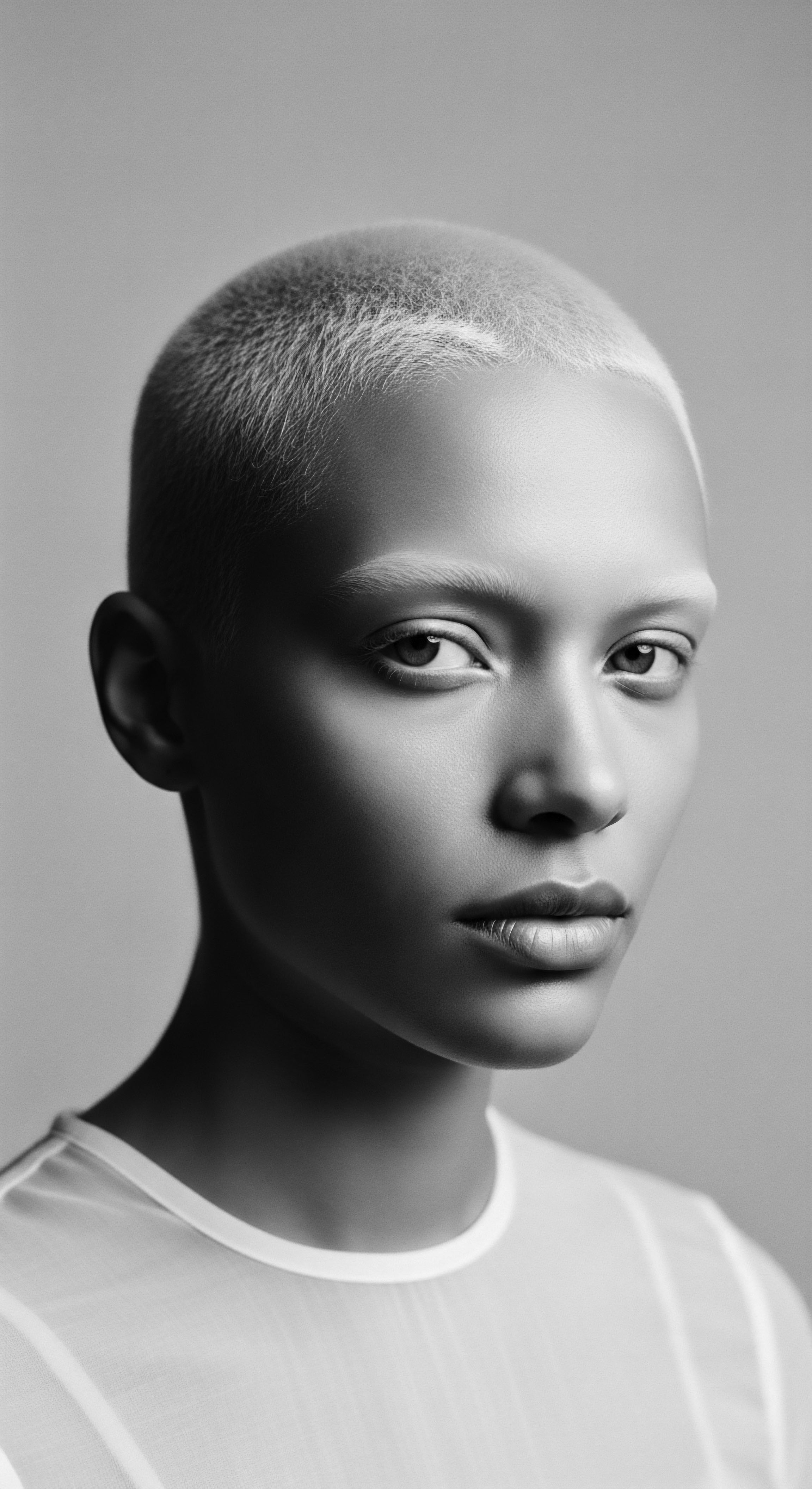
References
- Cochran Gathers, Raechele. “Hair vs health in African American women.” Dermatology Times, January 2015, p. 57.
- Dadzie, Stella. “Cosmetopoeia of African Plants in Hair Treatment and Care ❉ Topical Nutrition and the Antidiabetic Connection?” MDPI Diversity, vol. 16, no. 2, 2024.
- Rthvi. “Exploring Ancient Hair Care Rituals ❉ Timeless Practices for Modern Hair Wellness.” Rthvi.com, 30 Oct. 2024.
- Sensient Beauty. “The Emergence and Evolution of Botanicals in Cosmetics.” Sensient Beauty Blog, 24 July 2019.
- MD Harding Travel Photography. “Skin Care From The Ancient Egyptians.” MD Harding Travel Photography Blog, 9 Aug. 2022.
- Joanna Colomas. “Unlock Ancient Hair Care Secrets ❉ Discover Global Rituals for Lustrous Locks.” Joanna Colomas Blog, 2 Dec. 2023.
- Africa Imports. “Traditional African Secrets For Long And Healthy Hair.” Africa Imports Blog, 22 Aug. 2023.
- Sellox Blog. “Ancient African Hair Growth Secrets For Healthy Hair.” Sellox Blog, 4 June 2021.
- Premium Beauty News. “Ancestral hair-paste ritual gains new life in Chad.” Premium Beauty News, 3 July 2024.
- Ethnobotany Research and Applications. “Plants used for hair and skin health care by local communities of Afar, Northeastern Ethiopia.” Ethnobotany Research and Applications, vol. 29, 29 May 2025.
